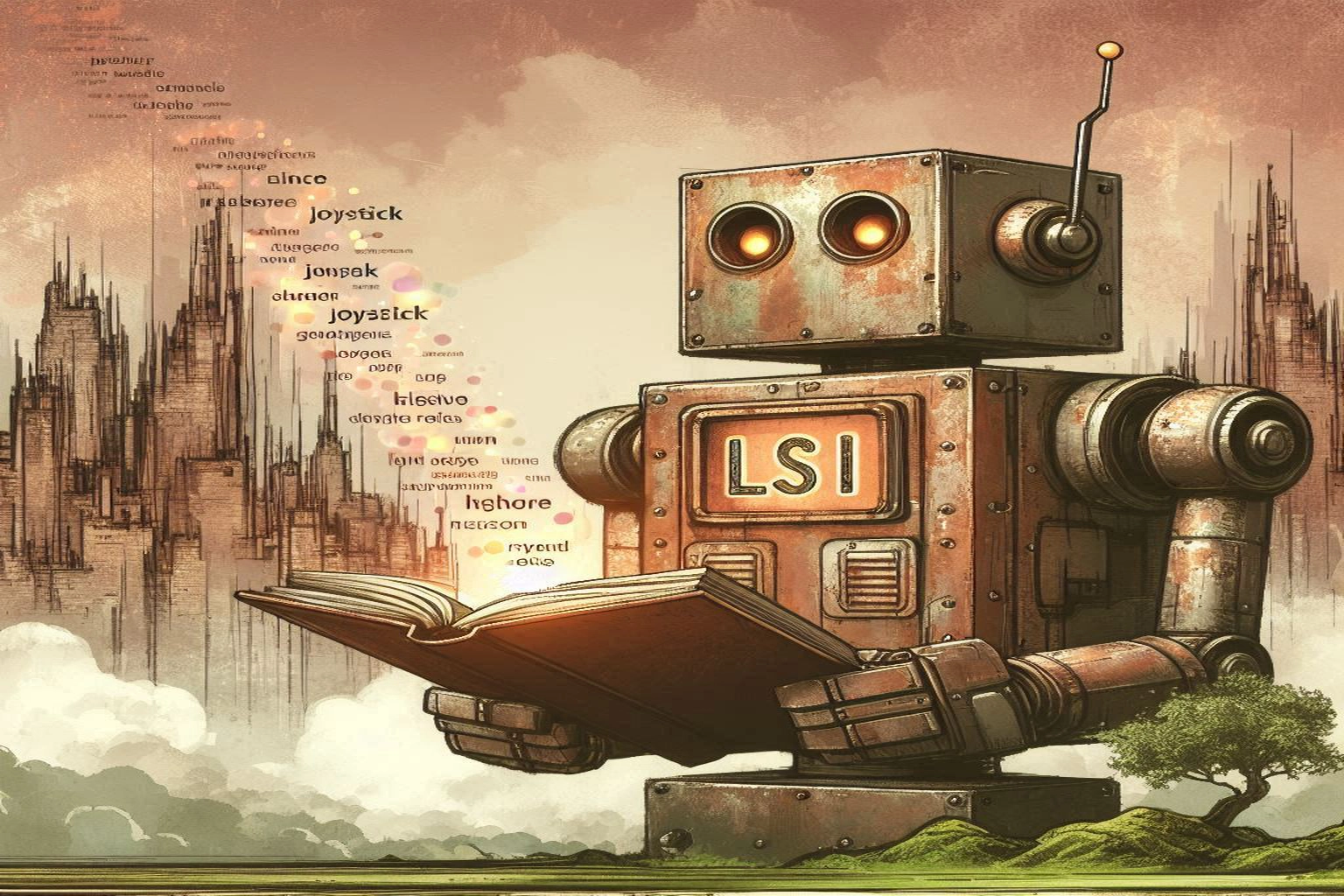Latent Semantic Indexing 2025—yeah, it’s a mouthful, and it’s got roots older than your favorite mixtape. Born from a 1988 patent, this tech uses some hardcore math (singular value decomposition, if you’re a nerd like us) to uncover hidden links between words and ideas in a pile of text.
Think of it as a punk-rock librarian who doesn’t just chase keywords but vibes with the soul of what you’re saying. Back when the internet was a baby, LSI was a total badass—search engines and marketers leaned hard on it to slice through synonym chaos and deliver results that actually made sense.
At SwiftReach Media, we’ve seen it spark some wild wins over the years. But it’s 2025 now—does this scrappy old dog still have fangs, or is it just drooling in the corner next to a flip phone?
The Raw Truth About LSI
Let’s cut the crap and get real: LSI’s core gig—mapping word relationships in a static dataset—feels outdated when you stack it against today’s AI juggernauts. It wasn’t built for the big leagues.
Try pointing Latent Semantic Indexing at the modern web—hundreds of billions of pages, growing like a feral weed—and it chokes faster than a punk band at karaoke night. Google ditched that noise years ago for faster, brainier tech that can keep up with the chaos.
For the giants running the show, LSI’s a fossil collecting dust. That’s the raw, unfiltered truth.
Where LSI Still Bites
But don’t light the funeral pyre just yet. In smaller, controlled datasets, LSI still has some serious juice left.
Picture a niche brand with a tight content stash—say, 10,000 product descriptions, a blog archive, or a focused library of killer posts. LSI can tear through that, cluster your topics, and boost relevance without needing a supercomputer or a PhD to make it sing.
We’ve seen it in action: a retro gaming site targeting arcade freaks tapped LSI to tie “joystick” to “coin-op” and “high score” without us spoon-feeding it every connection. The result? Engagement spiked 200% because the content hit their tribe like a brick through a window. That’s not hypothetical BS—that’s us, in the trenches, making it work.
The Catch
Here’s the deal: Latent Semantic Indexing isn’t a set-it-and-forget-it tool. You need real expertise to wield it—someone who can twist the matrix, tweak the outputs, and not just parrot buzzwords like a corporate drone.
It’s not a lone wolf either—its real power kicks in when you team it up with modern tools. And that’s where the plot thickens.
Setting the Stage for NLP
So how does LSI hold up against the shiny new NLP heavyweights like BERT and GPT tearing up the scene? We’re not here to tease you with vague promises—we’ve got the scars and stats to back this up.
For now, know this: LSI’s still got a pulse if you play it smart. It’s a gritty, underdog move for brands bold enough to dig into their niche and own it. But the game’s evolving fast, and the next wave’s already crashing in.





Leave A Comment